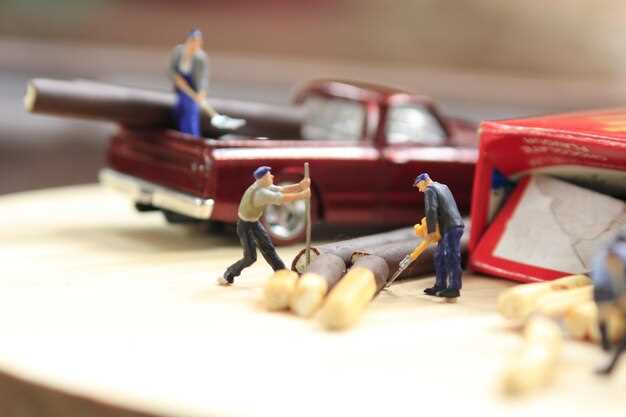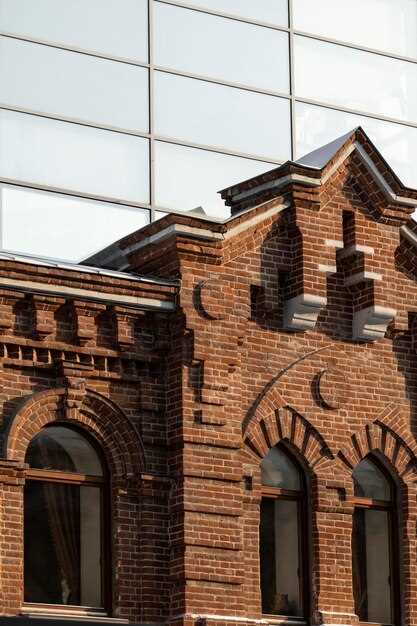
Building a custom classic car is a dream for many automotive enthusiasts, but it comes with its own set of challenges. One of the primary issues in these projects is ensuring that the vehicle meets necessary inspection standards. These inspections are crucial not only for legal compliance but also for ensuring the safety and reliability of the vehicle. Many builders underestimate the complexity of these regulations, which can lead to delays and additional costs.
Another significant challenge is identifying and addressing potential faults during the build process. Custom builds often involve modifications that can introduce unforeseen problems, from mechanical failures to electrical issues. It is vital for builders to have a keen eye for detail and a strong understanding of automotive systems to mitigate these risks. Ignoring these aspects can result in a car that not only fails inspection but also fails to deliver the driving experience that was initially envisioned.
Ultimately, the journey of crafting a custom classic car requires thorough planning, a commitment to quality, and a willingness to confront and solve problems as they arise. Through careful attention to detail and diligent preparation, builders can navigate the common challenges that come with these unique projects, ensuring that their final product not only shines in appearance but also performs reliably on the road.
Budgeting for Custom Repairs: Key Considerations
When embarking on a custom classic car build, budgeting for repairs is a critical component that cannot be overlooked. A well-thought-out budget helps avoid unforeseen expenses that can derail the project. One of the primary factors in budgeting is thorough inspection. Before committing to any repairs, it is essential to conduct a detailed inspection of the vehicle. This assessment identifies existing faults and potential issues that may arise during the customizing process.
During the inspection, it is important to evaluate both the mechanical and aesthetic aspects of the car. Mechanical faults can lead to costly repairs if not addressed early. Ensuring that the engine, transmission, and suspension systems are in good condition is vital. On the other hand, aesthetic faults, such as rust or body damage, can also add to repair costs. Comprehensive documentation of these findings is crucial for establishing a realistic budget.
Once the inspection is complete, prioritize repairs based on necessity and impact on the project’s overall timeline. Essential repairs should take precedence, as they can significantly affect the car’s performance and safety. Allocate funds accordingly, keeping a buffer for unexpected expenses that may arise as the build progresses.
Moreover, sourcing quality parts is vital for keeping repairs within budget. Researching suppliers, comparing prices, and considering both new and refurbished components can help find cost-effective solutions without compromising quality. Investing in reliable parts can prevent future faults and save money on repairs down the line.
In summary, careful budgeting for custom repairs involves a thorough inspection of the vehicle, prioritization of necessary repairs, and strategic sourcing of parts. By taking these considerations into account, you can create a realistic budget that supports a successful and efficient classic car build.
Identifying Inspection Faults in Classic Car Restoration

Restoring a classic car is an intricate process that often reveals various faults needing attention. A thorough inspection is crucial to identify these faults before commencing any repair work. By focusing on specific areas, restorers can enhance the vehicle’s overall quality and ensure longevity.
Begin with the bodywork. Inspect for signs of rust, poor paint application, or misaligned panels. A clean, straight body is essential for a custom build. Pay close attention to the corners and underbody, as these areas often harbor hidden damage.
Next, examine the chassis and structural integrity. Look for signs of cracking, bending, or insufficient welds. A compromised chassis can lead to serious safety hazards. Use precision measuring tools to confirm dimensions align with factory specifications.
Move on to the suspension and braking systems. Inspect for worn components, leaks in hydraulic systems, and the condition of rubber bushings. The performance of these systems is critical for safe driving. Any repair needed here must follow the highest standards to ensure reliability.
Don’t overlook the engine and transmission. Check for oil leaks, coolant leaks, and the condition of hoses and belts. An engine that runs optimally is vital for any classic restoration. Be ready to address any mechanical faults with appropriate parts and enhancements.
Finally, assess the electrical system. Inspect wiring for wear or corrosion, and ensure all components function as intended. An efficient electrical system enhances the performance of modern conveniences in your custom build.
By thoroughly inspecting all these areas, restorers can identify faults that may not be immediately apparent. Addressing them early in the restoration process not only guarantees a higher quality finished product but also minimizes future repair costs. A well-executed classic car restoration stands the test of time, merging both beauty and performance seamlessly.
Choosing the Right Parts: Quality vs. Cost in Custom Builds

When embarking on a custom classic car build, one of the most critical decisions involves selecting the right parts. The age-old debate of quality versus cost often surfaces, leading builders to weigh their options carefully. High-quality parts can greatly enhance performance, longevity, and overall safety, while lower-cost options might attract attention with their immediate savings.
Investing in quality parts often translates into fewer issues down the line. Components made from superior materials reduce the likelihood of faults during operation, which is crucial for ensuring a reliable driving experience. Furthermore, high-quality parts typically undergo rigorous inspection processes, leading to better fit and finish. This attention to detail can save time and frustration, as poorly made components may require additional modifications or replacements.
However, budget constraints are a reality for many custom builders. Affordable parts may seem appealing, but they can carry hidden costs. The risk of installing parts that fail prematurely or require frequent repairs can quickly add up, negating any initial savings. Builders must therefore strike a balance, prioritizing essential components that impact performance and safety while being mindful of their overall budget.
Ultimately, the decision hinges on the builder’s goals for the project. If the aim is a show-stopping vehicle built for high performance and longevity, investing in quality parts is imperative. Conversely, for those seeking a more casual build, the cost-effective option might suffice, provided that adequate performance standards are maintained. Assessing the importance of each component and understanding the potential trade-offs will help builders make informed decisions that align with their vision for the custom classic car.




